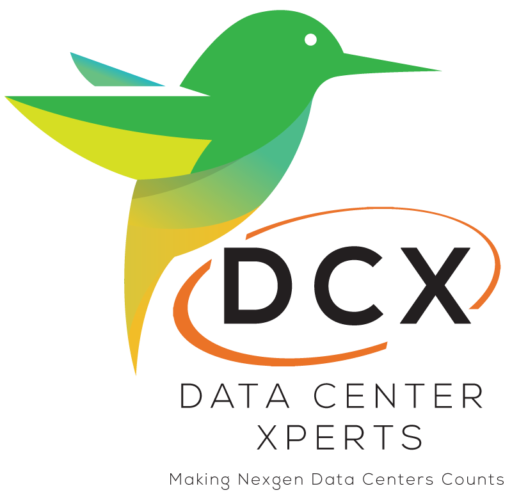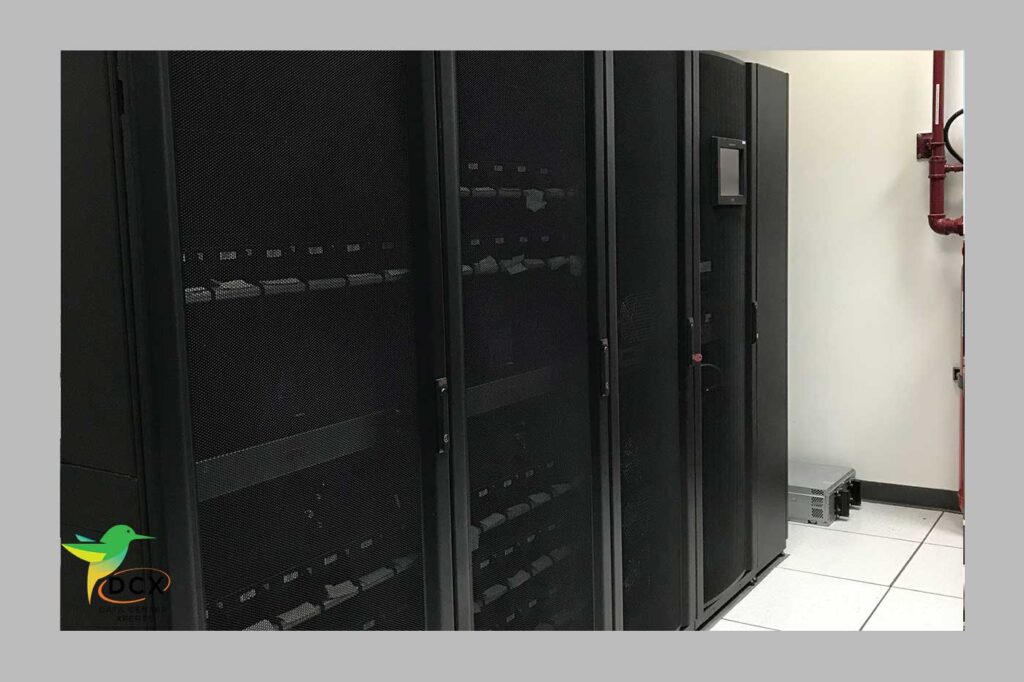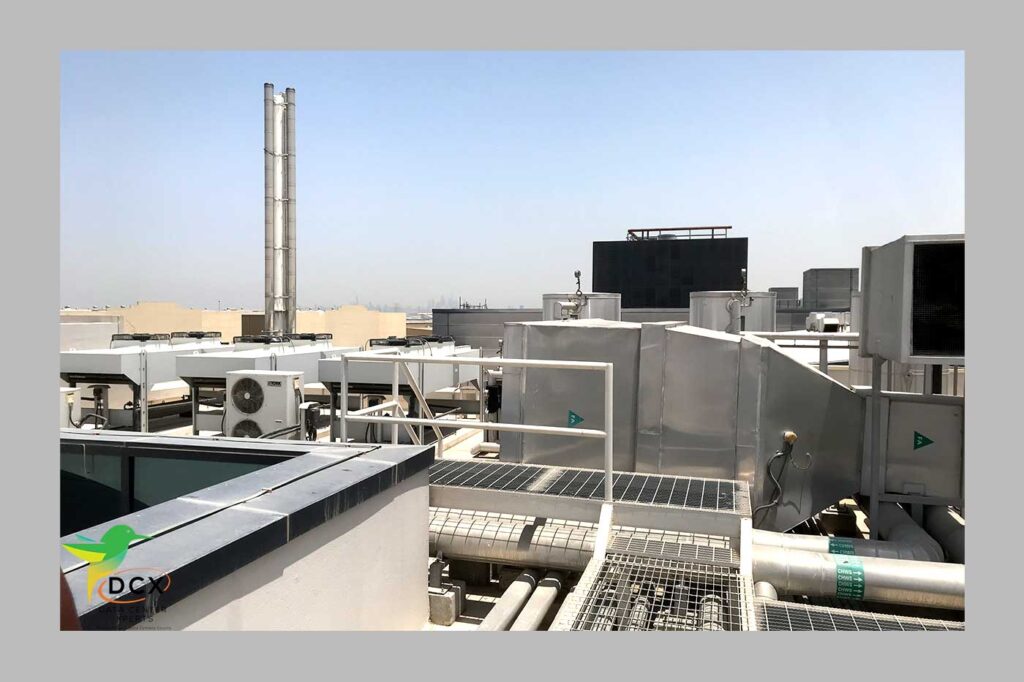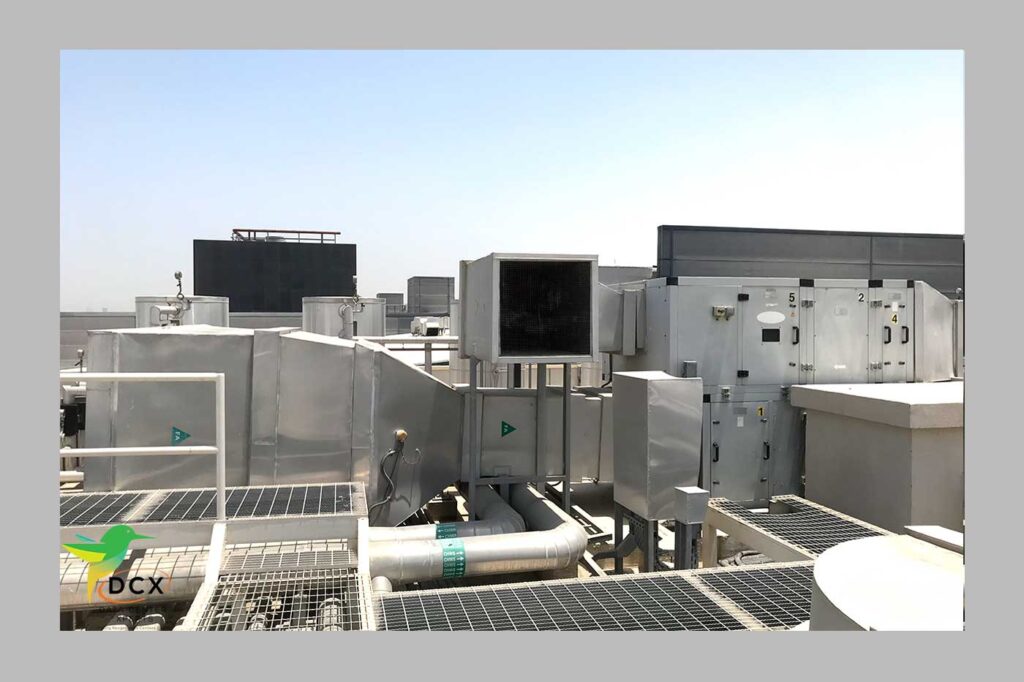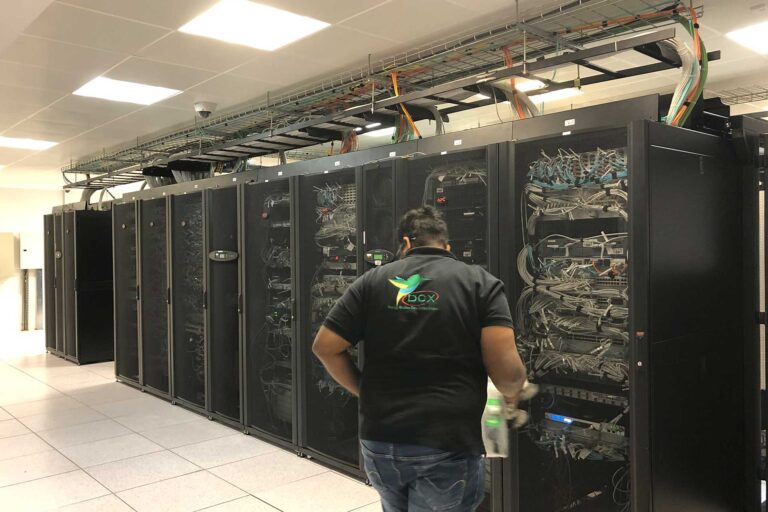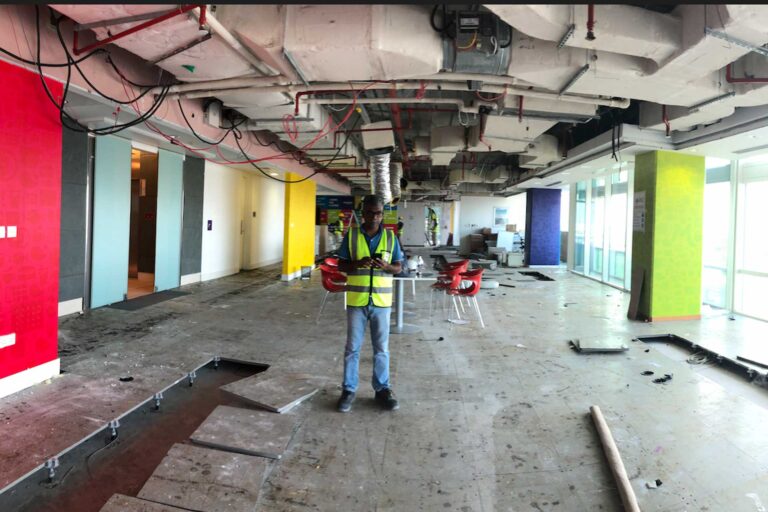Elements of a Data Center are generally divided into the following primary categories:
Data Center Components
- Facility. Data center facility management, this includes the physical location with security access controls and sufficient square footage to house the data center’s infrastructure and equipment all manned by data center manager.
- Enterprise data storage. Data center servers and storage systems, a modern data center houses an organization’s data systems in a well-protected physical and data center storage infrastructure along with servers, storage subsystems, networking switches, routers, firewalls, cabling and physical racks. It is essential to maintain data center storage capacity at optimum level to ensure smooth data back and retrieval process. The use of data center tape storage with 3rd party data warehouse is considered mandatory for emergency requirement.
- Support infrastructure. This equipment provides the highest available sustainability related to uptime. Components of the support infrastructure include the following:
- Data center power distribution and supplemental power subsystems;
- Data center power consumption
- Data center power redundancy and data center data center power cable types
- Data center electrical switchgears
- Data center electrical switching
- Data center UPS system. The UPS data center is a key component in providing backup power during blackout.
- Data center power generator or backup generator
- Data center ventilation and data center cooling systems with different data center cooling methods such as in-row cooling configurations and computer room air conditioners (CRAC); and
- Data center adequate provisioning for network carrier, or telecom, connectivity. It is important to choose what is known “carrier neutral data center” this helps access to various carriers’ rates which can bring total cost of ownership for internet and MPLS connectivity to the minimum.
Operational staff. These employees are required to maintain and monitor IT and infrastructure equipment around the clock using Data Center monitoring software “Data Center Infrastructure Management software (DCIM)” that has data center environmental monitoring systems, data center temp monitoring, data center fire suppression, data center fire protection system
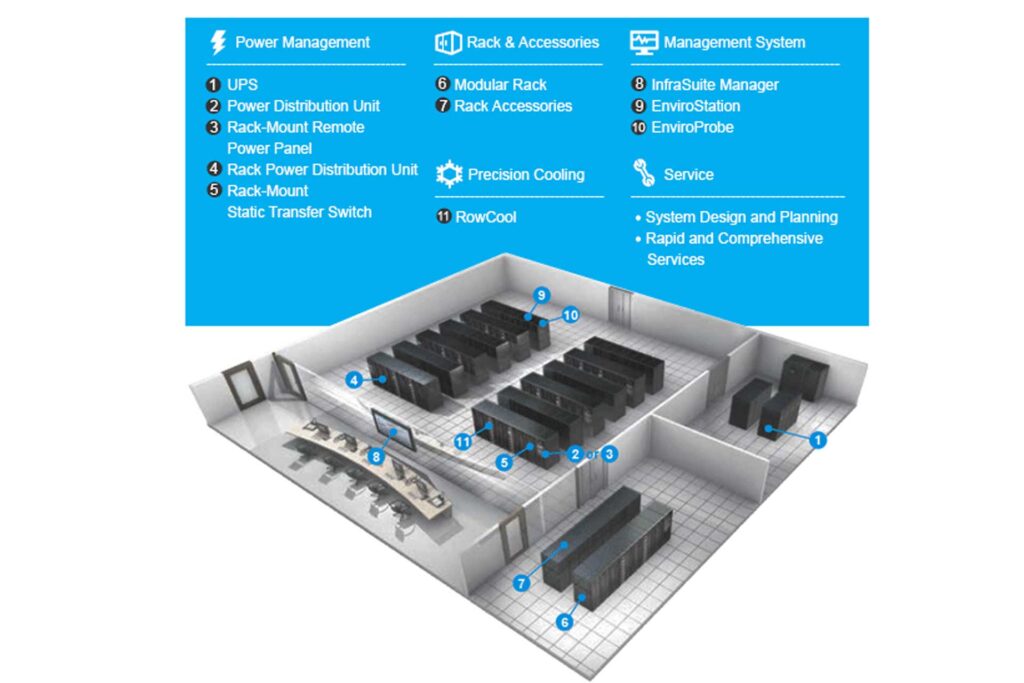
Take difficult missions that very often the others don’t want.Embrace difference, go and look for things you don’t understand, try to understand the vision of the other people.
JEAN PASCAL TRICOIRE
Photos below show one of DCX Technologies struxureware data center operation maintained by our APC certified engineer. It also show the APC SecurePower distributed architecture modular UPS and the chillers facility at roof top.
What is the infrastructure of a data center?
Small customer operation may operate successfully with server farm with several servers and storage arrays networked within a closet or small room, while major computing organizations may fill an enormous warehouse space with data center equipment and infrastructure. In other cases, data centers can be assembled in mobile installations, such as prefabricated shipping containers, also known as data centers in a box, which can be moved and deployed as required.
However, data centers can be defined by various levels of reliability or resilience, sometimes referred to as data center tiers. In 2005, the American National Standards Institute and the Telecommunications Industry Association published standard ANSI/TIA-942, “Telecommunications Infrastructure Standard for Data Centers,” which defines four tiers of data center design and implementation guidelines.
Tiers can be differentiated by available resources, data center capacities or uptime guarantees. The Uptime Institute defines data center tiers as follows:
- Tier I. These are the most basic type of data centers, and they incorporate a UPS. Tier I data centers do not provide redundant systems but should guarantee at least 99.671% uptime.
- Tier II. These data centers include system, power, and cooling redundancy and guarantee at least 99.741% uptime.
- Tier III. These data centers provide partial fault tolerance, 72 hours of outage protection, full redundancy and a 99.982% uptime guarantee.
- Tier IV. These data centers guarantee 99.995% uptime — or no more than 26.3 minutes of downtime per year — as well as full fault tolerance, system redundancy and 96 hours of outage protection.
